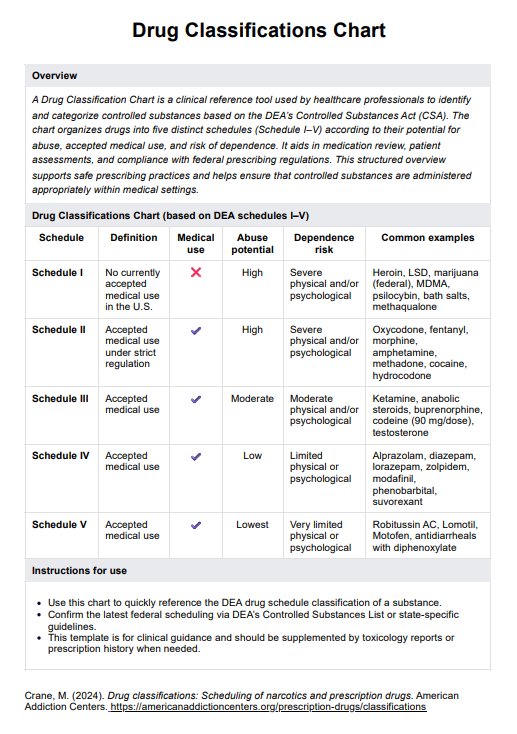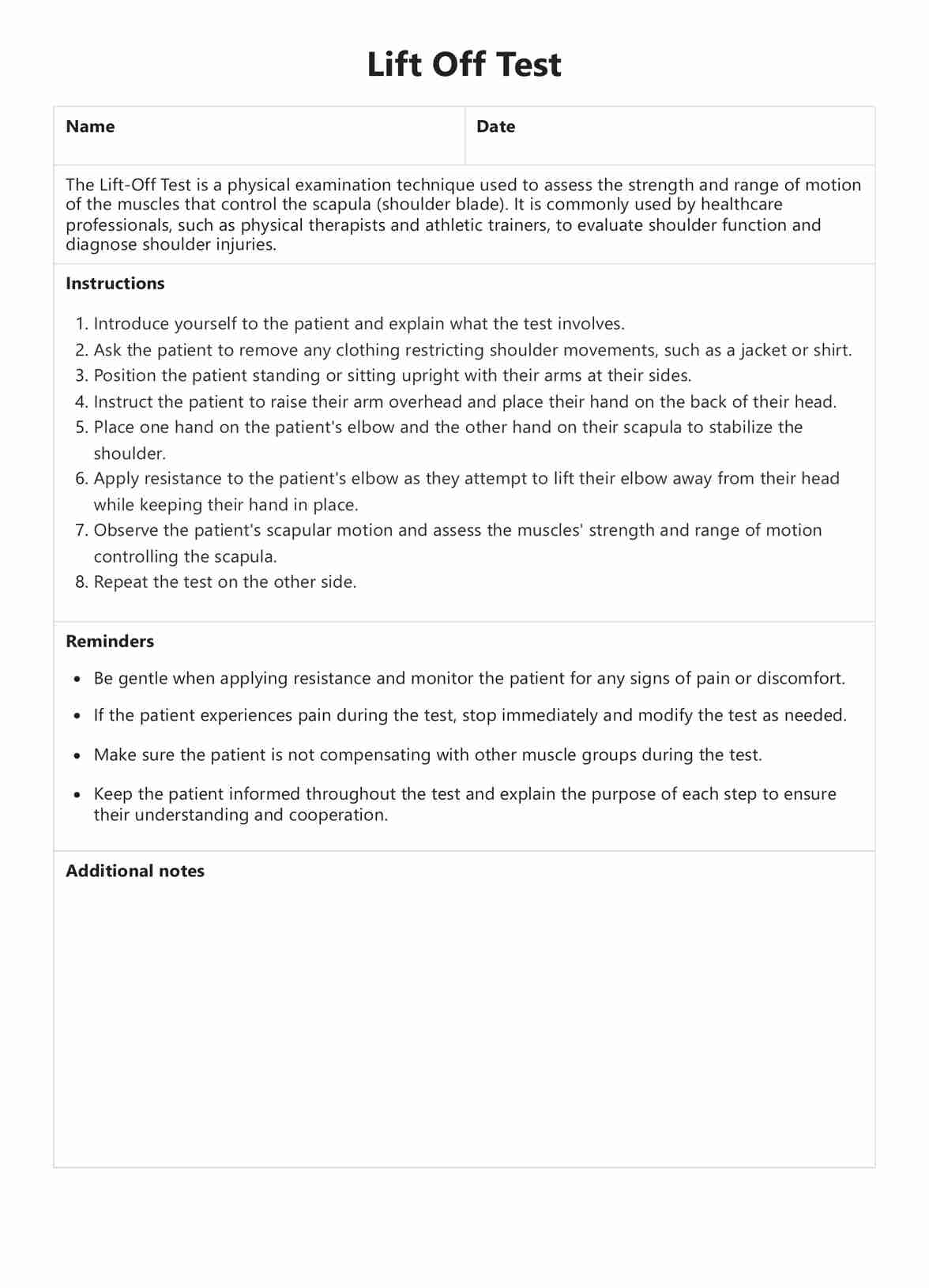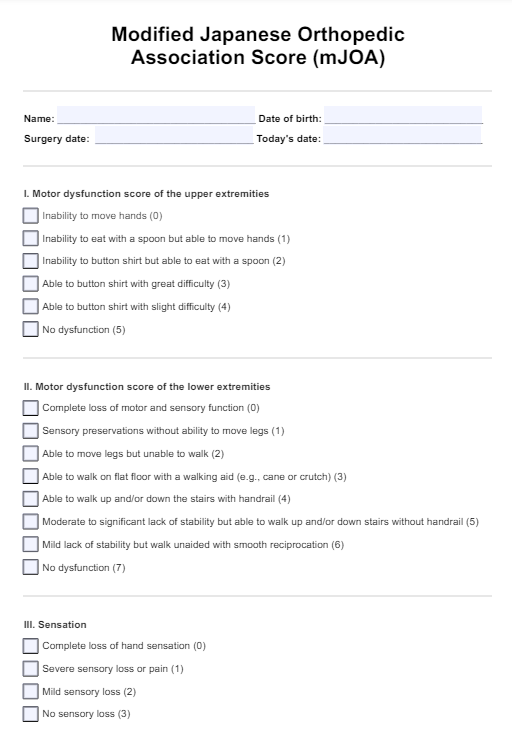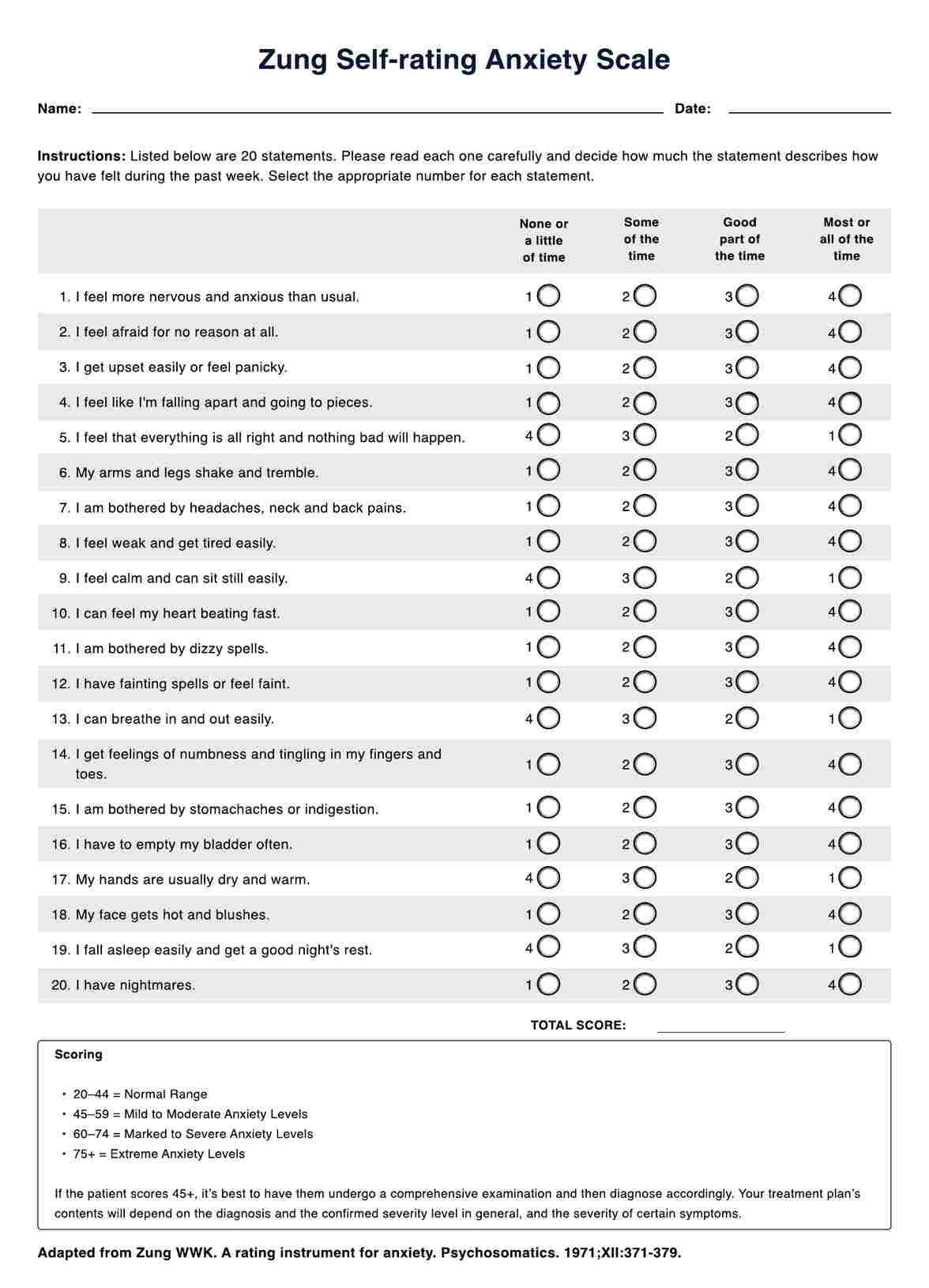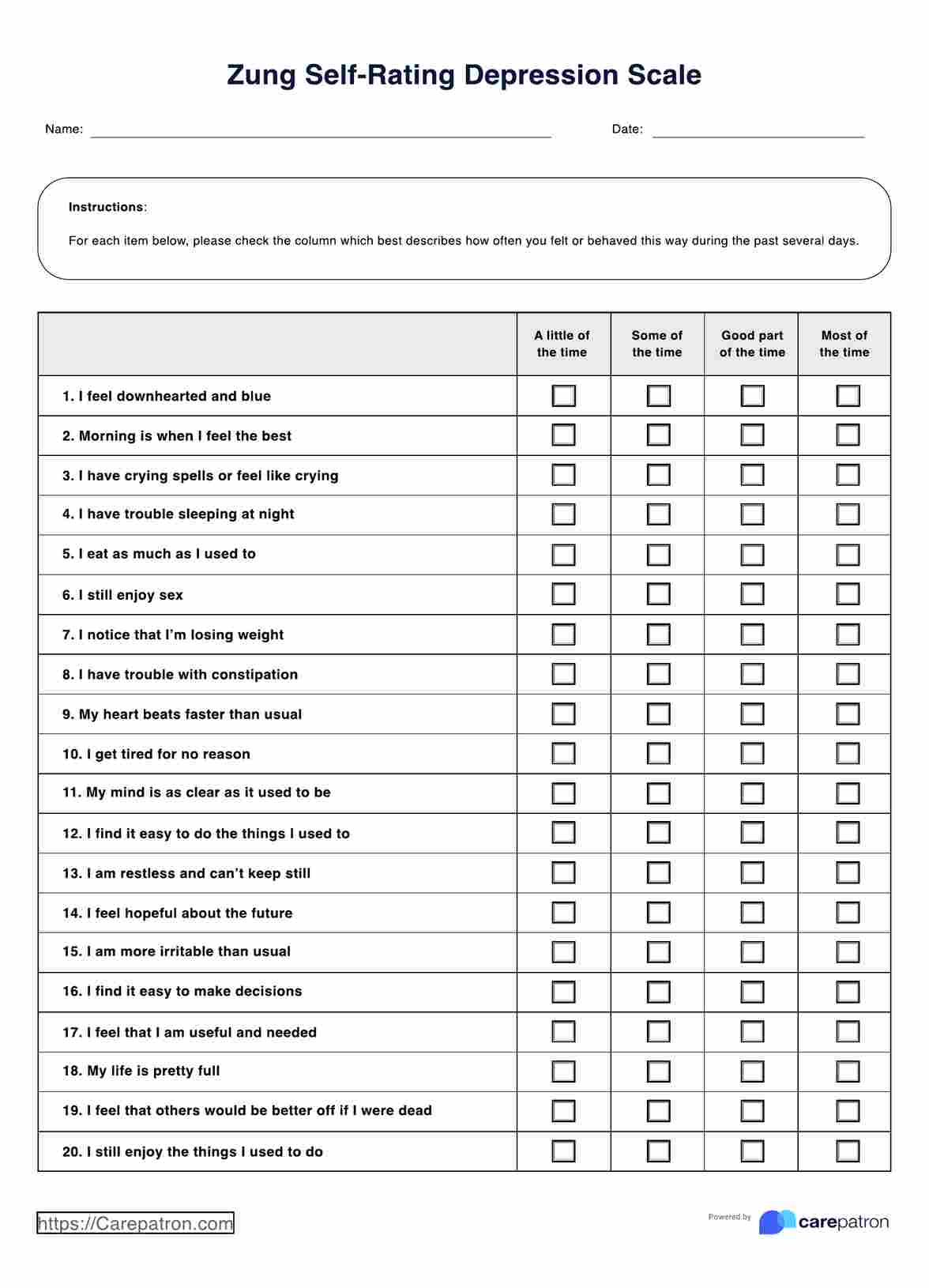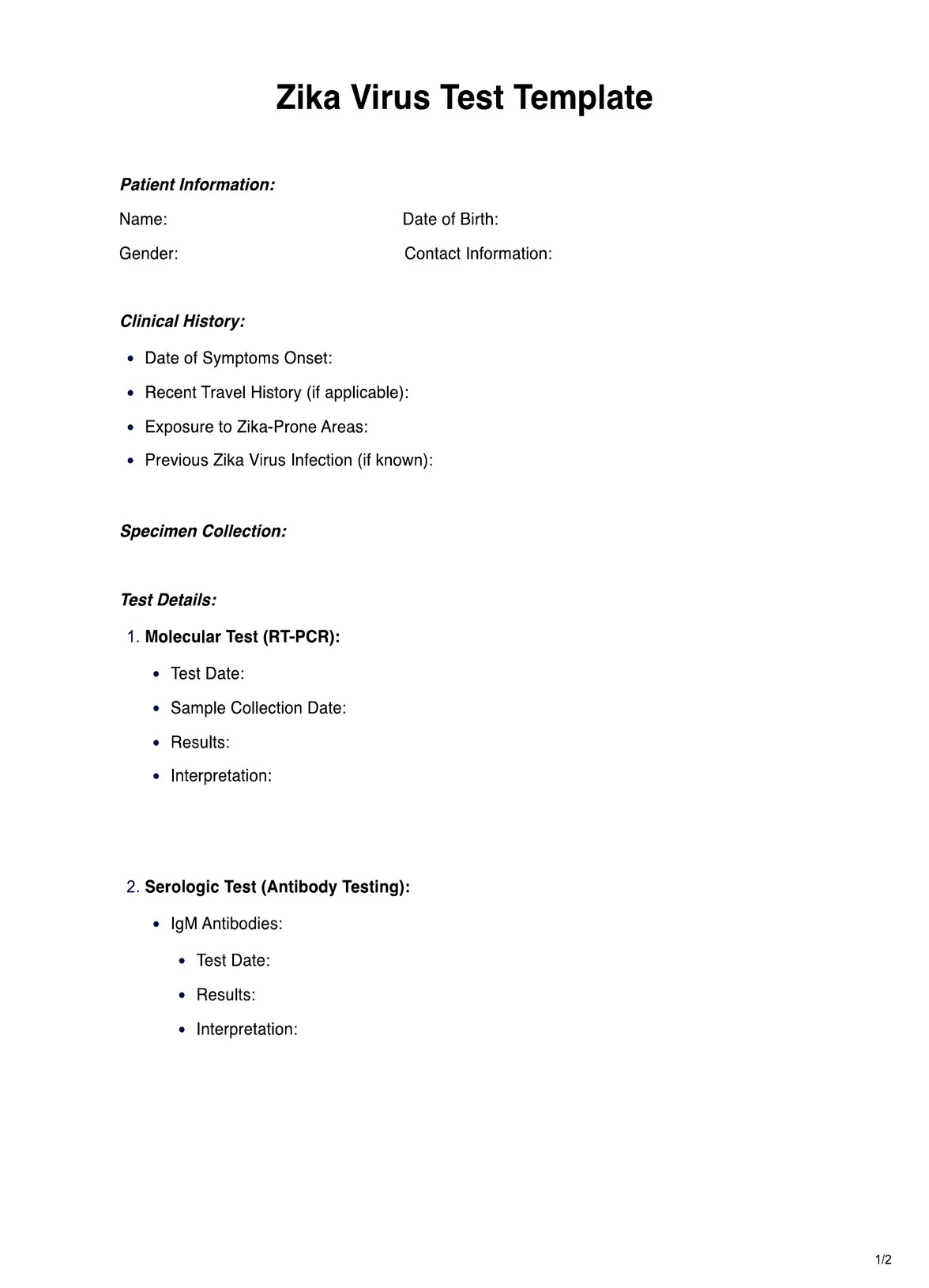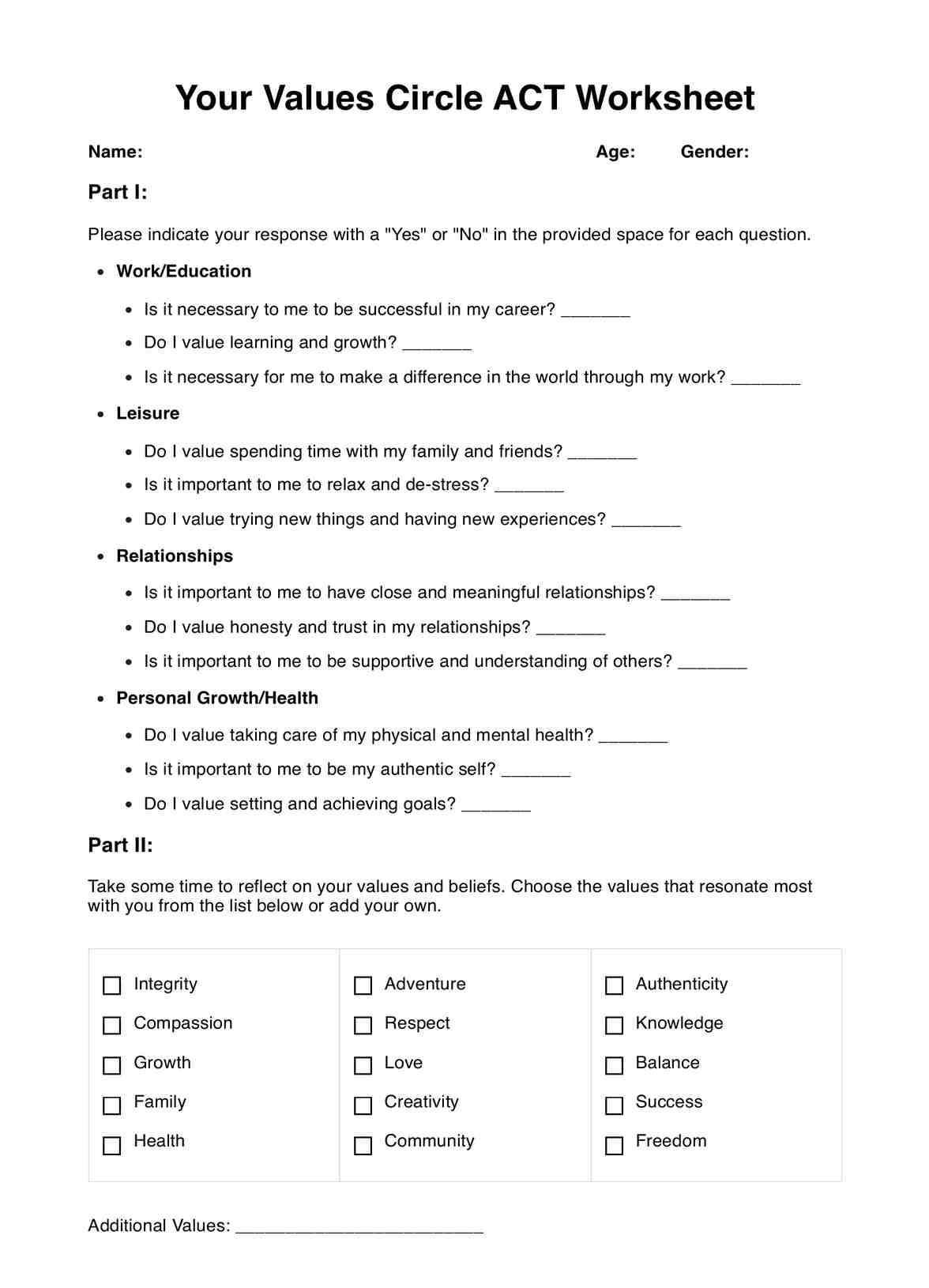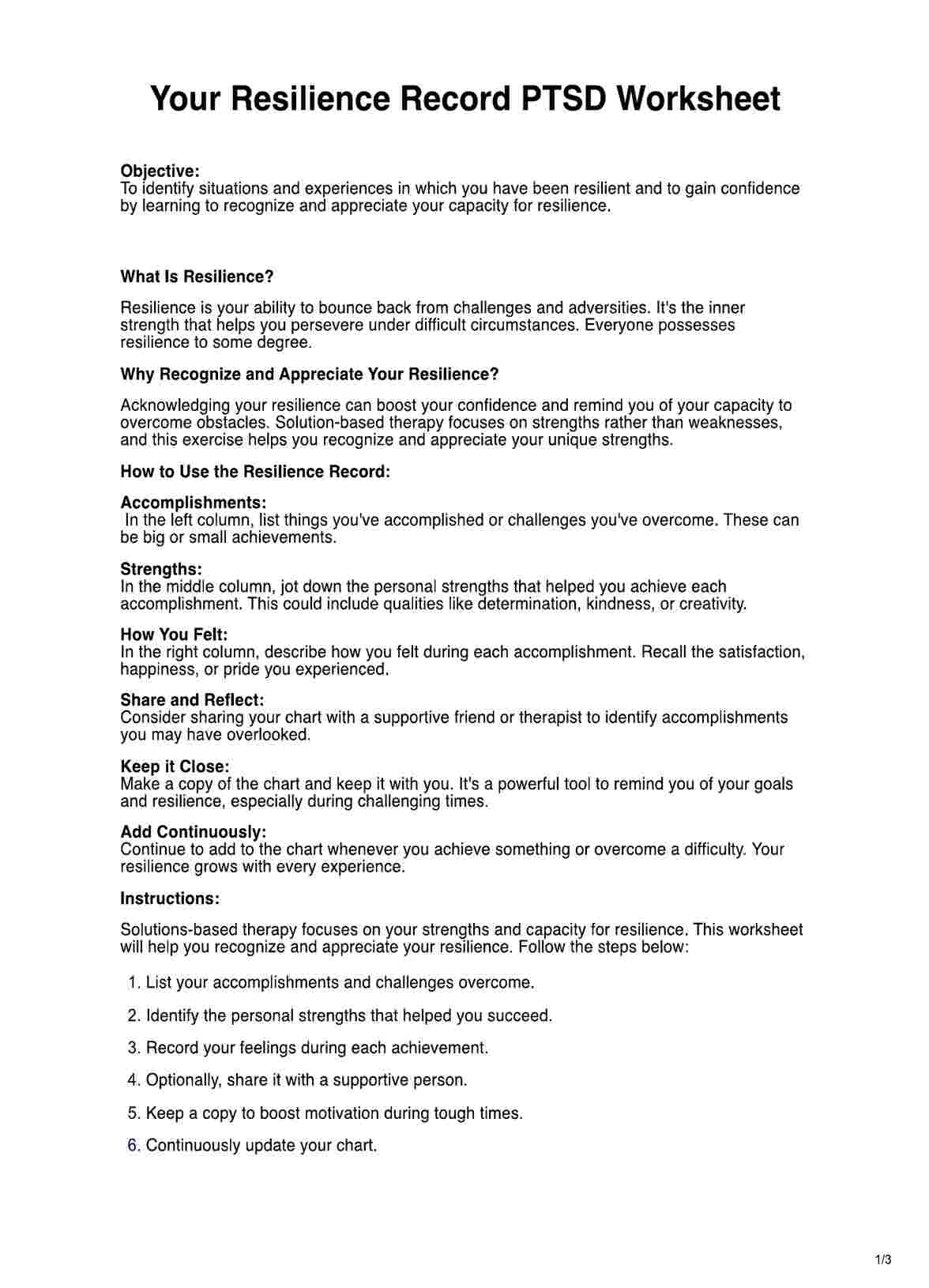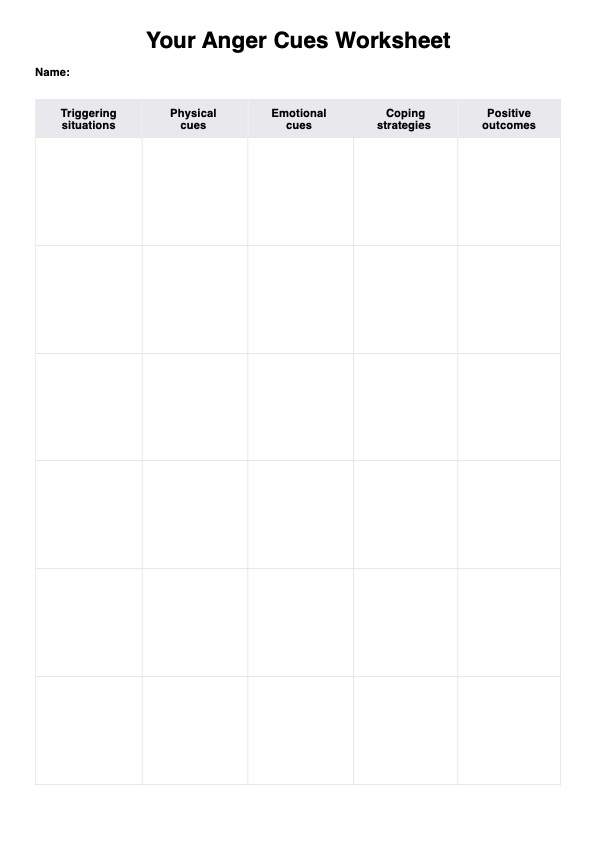You may refer to the score ranges and designations of the Goldberg Depression Scale, so you know the severity of your patient’s depression symptoms.
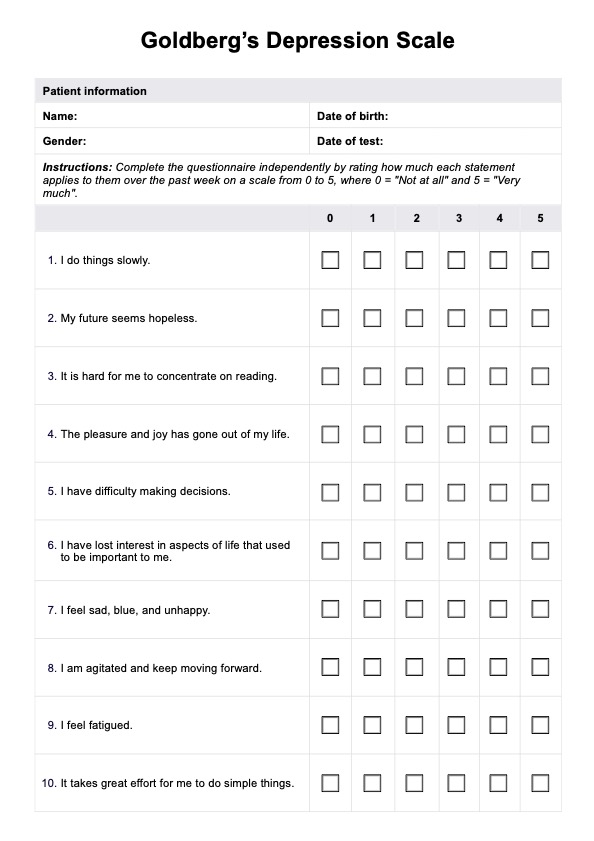
Goldberg Depression Test (Goldberg Depression Scale)
Gauge the severity of your patient’s depression with the Goldberg Depression Test and use the results to help you decide what to do for your patient.
Goldberg Depression Test (Goldberg Depression Scale) Template
Commonly asked questions
While it does sound strange to quantify a depression’s severity level, what the Goldberg Depression Scale and many other depression scales do is create a semblance of objectivity through their score ranges and designations. The answers are based on your patient’s perspective, so it is technically subjective, but the numbers are there to give you an idea as to how mild or severe your patient’s depression is, and it’ll help you create a plan for your patient, like what medication they need to take and what therapy program they should be enrolled in.
Yes. Depression tests and depression scales are, more often than not, self-assessments. You can definitely use the Goldberg Depression Scale to assess yourself. However, you should not diagnose yourself with depression under any circumstance. If you want to know if you actually have depression, please get yourself checked by a professional.
EHR and practice management software
Get started for free
*No credit card required
Free
$0/usd
Unlimited clients
Telehealth
1GB of storage
Client portal text
Automated billing and online payments


